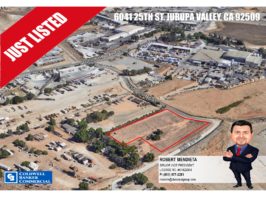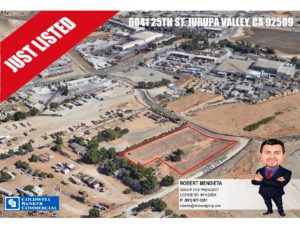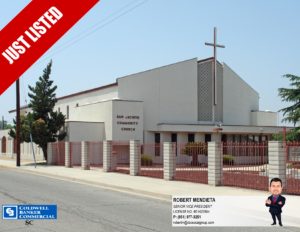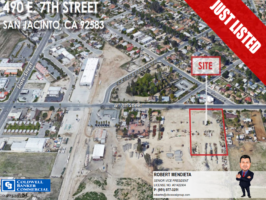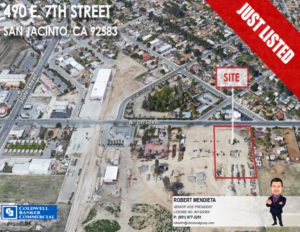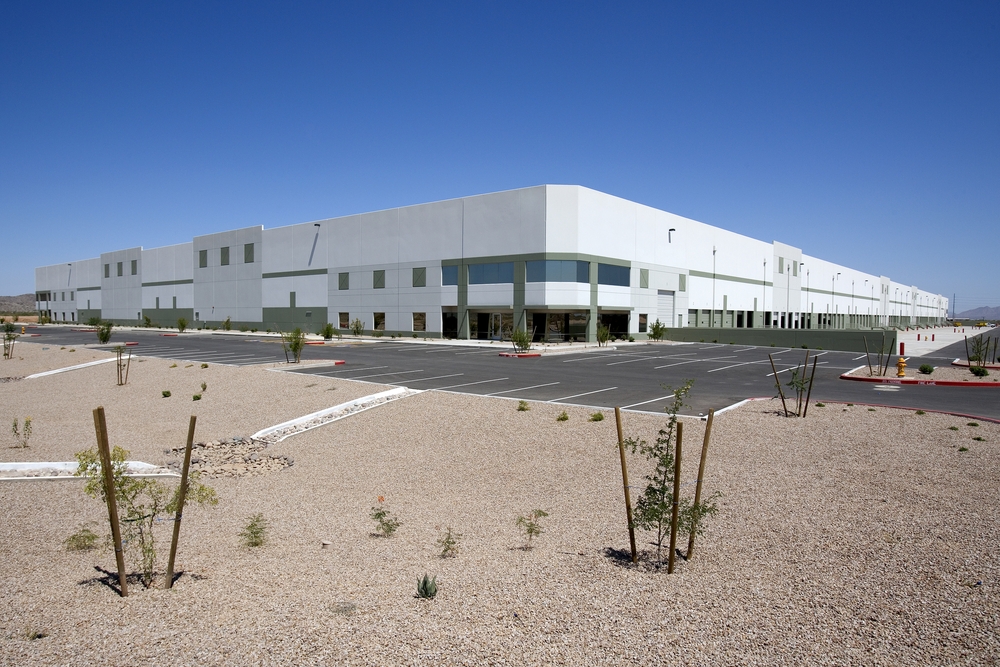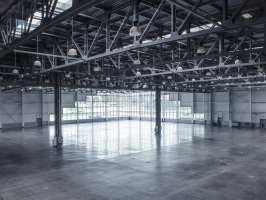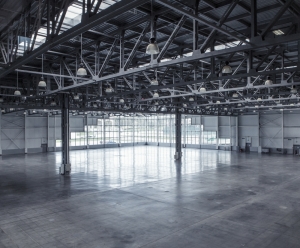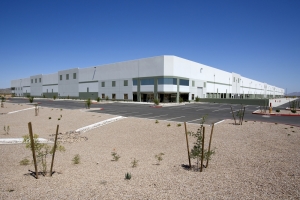
Locating the right site for your new manufacturing plant or distribution facility isn’t instant gratification. It takes time and effort by investigating zoning, infrastructure, employee pool, proximity to suppliers & vendors, quality of life issues, utilities and taxes, and more. These are many of the factors that play a major role in site selection..
Businesses need to be positioned to succeed. Taking into account locations situated for quick turnaround and efficient transportation to points across the country, as well as around the globe. Many sites across the United States offer geographic benefits, but geography is not the only factor that can help make a new distribution center or manufacturing plant location a success. Workforce availability, economic support, and general business climate also come into play. Which aspects of a location are the most critical in determining the best fit for your business?
But no matter what the type of business, given the high cost of transportation today, companies need to consider their best options for bringing product inbound to the United States, then sending it outbound to customers. Many companies are turning to the Inland Empire region in Southern California which boast unique combinations of geographic, workforce, economic, transportation, and business climate benefits that make them the stars of logistics and supply chain site selection.
The combined ports of Los Angeles and Long Beach are the largest in North America, and the top five in terms of global container volume. This make the area a prime location for premier destination shippers. The Inland Empire and Southern California Region is an ideal gateway for products manufactured in Asia.
Southern California also boasts an extensive freeway network. The major highway routes providing intercity connections are Interstate 5 (north to Sacramento and south to San Diego), Interstate 15 (north to Las Vegas and south to San Diego), U.S. Route 101 (north to Santa Barbara), and Interstate 10 (east to Phoenix). It is estimated that 50% of goods imported through the ports of Long Beach & Los Angeles move to the local population. The other 50% gets transported via tuck or rail to other parts of the county.
Developers have developed several million square feet of master planned centers within four miles of the ports of Los Angeles and Long Beach, and maintains a footprint that includes facilities in Carson/Rancho Dominguez, Chino, Apple Valley, Ontario, Fontana, and Redlands, Calif.
Due to recent demand for higher clear heights, a number of 36-foot clear buildings are currently under construction in the area. Because average net rents trend well above national averages in southern California, many businesses are finding it more cost-effective to increase vertical storage of product by 10 to 25 percent rather than to occupy additional square footage.
